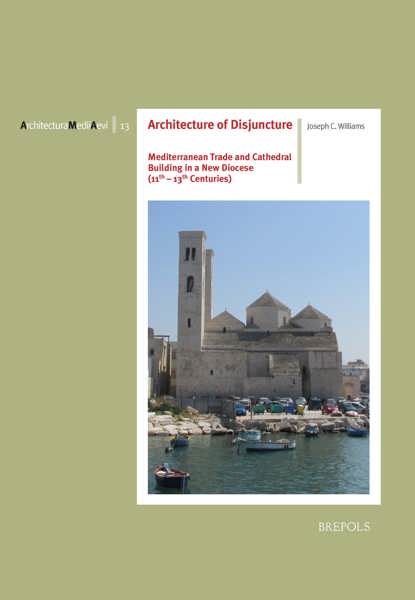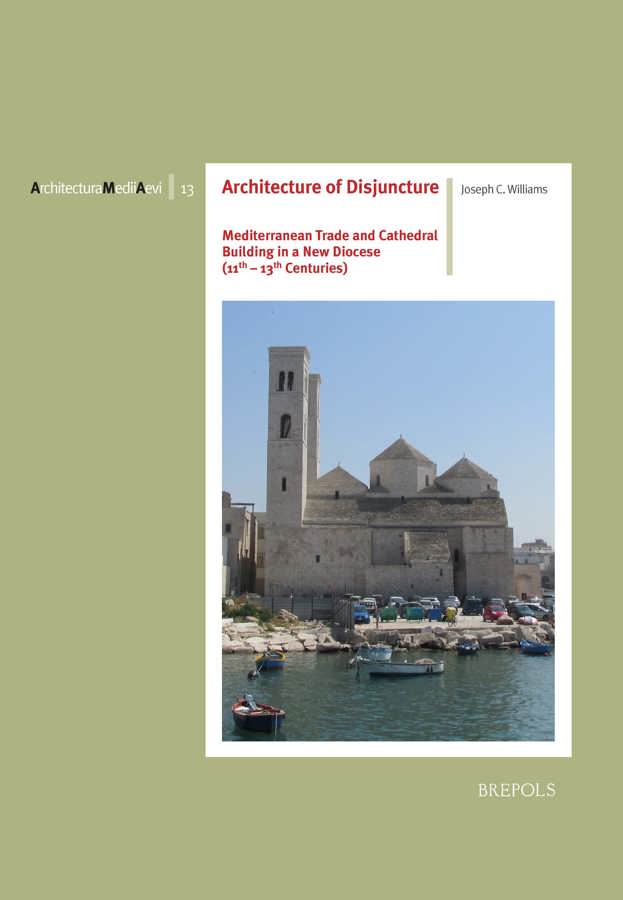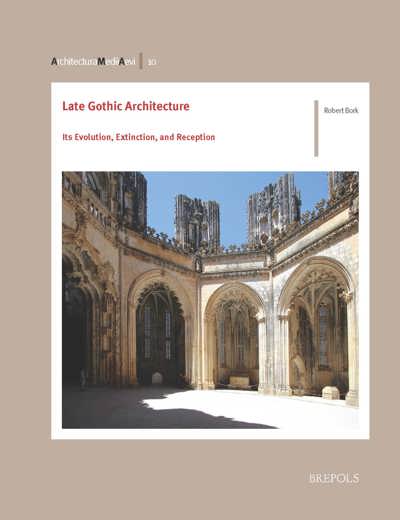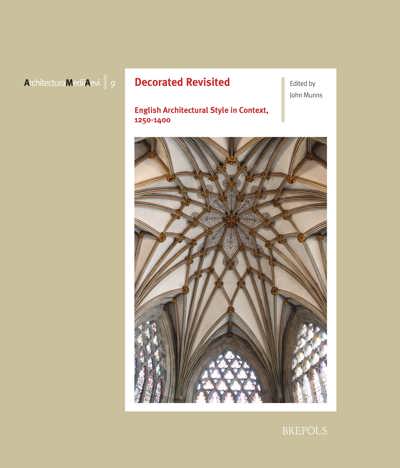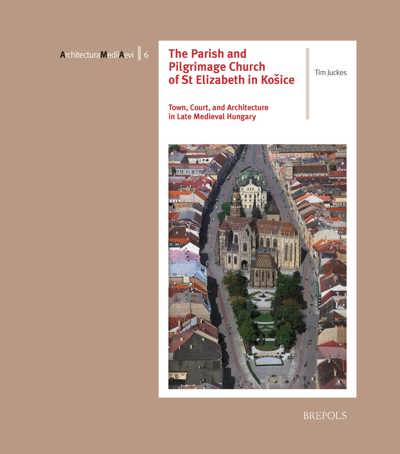
Architecture of Disjuncture
Mediterranean Trade and Cathedral Building in a New Diocese (11th-13th Centuries)
Joseph Williams
- Pages: xvi + 157 p.
- Size:216 x 280 mm
- Illustrations:80 b/w, 1 col., 15 tables b/w., 15 maps b/w
- Language(s):English
- Publication Year:2020
- € 85,00 EXCL. VAT RETAIL PRICE
- ISBN: 978-2-503-58108-8
- Paperback
- Available
- € 85,00 EXCL. VAT RETAIL PRICE
- ISBN: 978-2-503-58109-5
- E-book
- Available
“(…) Williams’s text undoubtedly proves thought provoking and is poised to make a significant contribution to the field.” (Michalis Olympios, in caa.reviews, 14/02/2022)
Joseph C. Williams is an Assistant Professor of Architecture at the University of Maryland School of Architecture, Planning, and Preservation. Williams holds a Ph.D. in Art History from Duke University, where he was advised by Dr. Caroline Bruzelius. His research focuses on Romanesque architecture in Southern Italy, with a particular emphasis on building process, construction techniques, and pan-Mediterranean exchanges of specialized knowledge. Williams is also active in the Digital Humanities and new ways of representing historic buildings, including digital photogrammetry and GIS, and has served as Project Manager for the Kingdom of Sicily Image Database. At Maryland, Williams teaches courses on ancient and medieval architecture, buildings archaeology, and the theme of interaction and conflict in the Mediterranean. Williams is the recipient of a Phyllis W. G. Gordan / Lily Auchincloss / Samuel H. Kress Foundation Rome Prize in Medieval Studies.
Through careful analysis of the Romanesque cathedral of Molfetta (in Apulia, southern Italy), Williams demonstrates how the commercial boom of the medieval Mediterranean changed the way churches were funded, designed, and built. The young bishopric of Molfetta, emerging in an economy of long-distance trade, competed with much wealthier institutions in its own diocese. Funding for the cathedral was slow and unpredictable. To adapt, the builders designed toward versatility, embracing multi-functionalism, change over time, specialization, and a heterogeneous style.
Acknowledgements
Introduction: Studying Architecture at the Joints
1. A Disjointed Program: Form, Function, and Finances
2. The Joints of Process: Design Change Through Constructional Episodes
3. The Joints of Expertise: Design Choice Across the Division of Labor
4. The Joints of Geography: Geology, Travel Pathways, and Knowledge Cabotage
Conclusion: A Mediterranean Building Strategy
Appendix 1: Construction Chronology of Molfetta Cathedral (c. 1100 - 1300)
Charts
Illustrations
Bibliography
